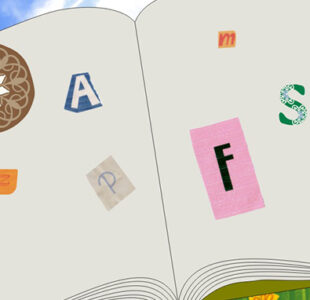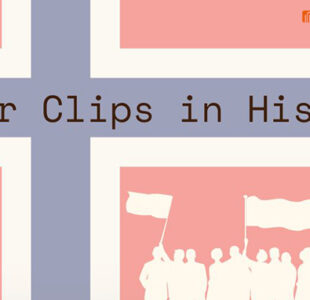- No Comment
Paper Clip Ideas In Media
Paper clip ideas in media are simple, everyday objects that are often overlooked. Yet, despite their humble origins, they have been used as symbols of hope, remembrance, and connection in a variety of works of fiction and non-fiction. From novels to documentary films, the paper clip ideas and its significance has been featured as a powerful symbol that speaks to larger themes of human experience and the impact of events such as war and intolerance. In this article, we will explore the use of the paper clip ideas as symbols in three notable examples: “The Paperclip” by Nicholas Hill, the documentary film “Paper Clips”, and “The Boy in the Striped Pajamas” by John Boyne. Through these works, we will see how the paper clip ideas serve as a symbol of remembrance, hope, and the power of human connection, and we will gain a deeper appreciation for the impact that even the simplest objects can have on our lives.
- “The Paperclip” by Nicholas Hill: This novel is a fictional account of a Holocaust survivor who makes paperclips as a means of coping with his trauma and preserving the memory of those who were lost. The protagonist of the book, Isaac, is a concentration camp survivor who has trouble adjusting to life after the war. He begins making paperclips as a way to pass the time, and eventually turns it into a full-time occupation. The paperclips serve as a symbol of remembrance for him, as he creates them to honor the memory of those who died in the camps. Through his experience, the book explores themes of grief, trauma, and the power of human connection.
In “The Paperclip” by Nicholas Hill, the paperclip represents remembrance and the power of human connection. The protagonist Isaac creates paperclips as a way to honor the memory of those who were lost in the Holocaust, and through the process he finds solace and a sense of purpose. The paperclips serve as a tangible symbol of his grief and his efforts to preserve the memory of the victims, and they also represent the connections that he forms with others through his work. - “Paper Clips” – A documentary film about a middle school in Tennessee that collected paperclips to commemorate the victims of the Holocaust. The film tells the story of the students and teachers at Whitwell Middle School, who set out to collect 6 million paperclips to symbolize the 6 million Jews who were killed during the Holocaust. The project started as a small history lesson, but quickly became a larger effort to educate the community about the events of the Holocaust. The film documents the students’ journey as they learn about the history of the Holocaust and the power of their own actions. Through the project, the students gain a deeper understanding of the impact of hate and intolerance, and the importance of remembering the past to ensure it doesn’t happen again.
In “The Paperclip” by Nicholas Hill, the paperclip represents remembrance and the power of human connection. The protagonist Isaac creates paperclips as a way to honor the memory of those who were lost in the Holocaust, and through the process he finds solace and a sense of purpose. The paper clip ideas serve as a tangible symbol of his grief and his efforts to preserve the memory of the victims, and they also represent the connections that he forms with others through his work. - “The Boy in the Striped Pajamas” by John Boyne: This novel is a fictional story about a young boy named Bruno who befriends a Jewish prisoner at a concentration camp during World War II. The book is set during the Holocaust, and explores the themes of innocence, friendship, and the impact of war and intolerance on children. The paper clip serves as a symbol of hope and connection between the two characters, representing the bond that forms between them despite the differences in their circumstances. Through the story, the book raises important questions about the nature of evil and the impact of hate on society, and encourages readers to consider their own actions and the role they play in shaping the world.
In “The Boy in the Striped Pajamas” by John Boyne, the paperclip represents hope and connection. The paper clip ideas serve as a symbol of the bond that forms between the two main characters, despite the differences in their circumstances, and it represents the power of human connection to overcome hate and intolerance. Through the story, the paperclip becomes a symbol of hope and the possibility of friendship and understanding, even in the darkest of circumstances.
In each of these examples, the paper clip ideas serves as a powerful symbol that speaks to larger themes and ideas, and it underscores the importance of remembrance and the power of individual actions to create positive change.
Related Posts

5 Stories about Paper Clips that will…
Have you ever given thought to how frequently we take paper clips

Paperclips in History: The Norwegian Resistance Movement
During World War 2, Nazi Germany conquered Norway, and the country's populace
